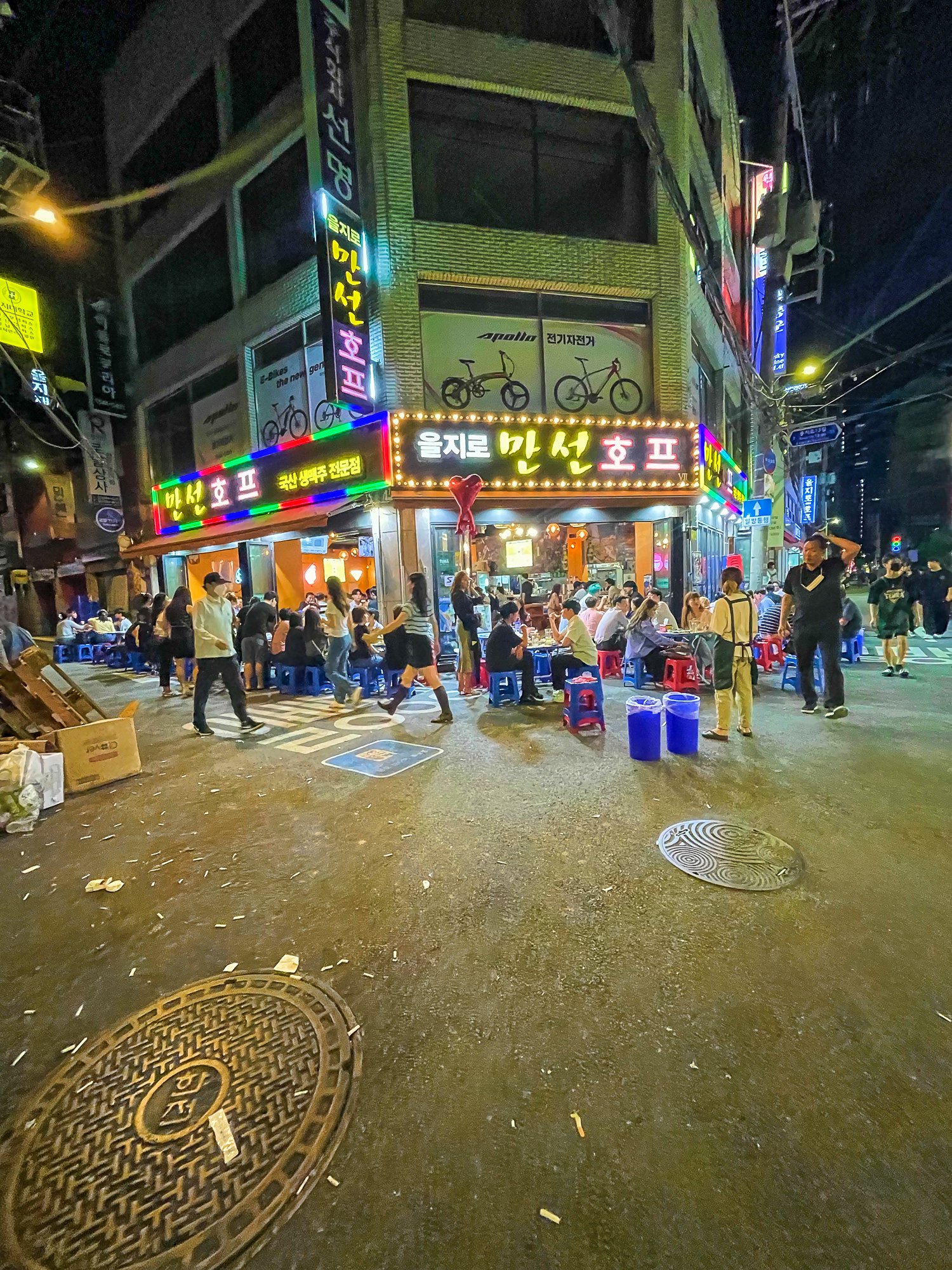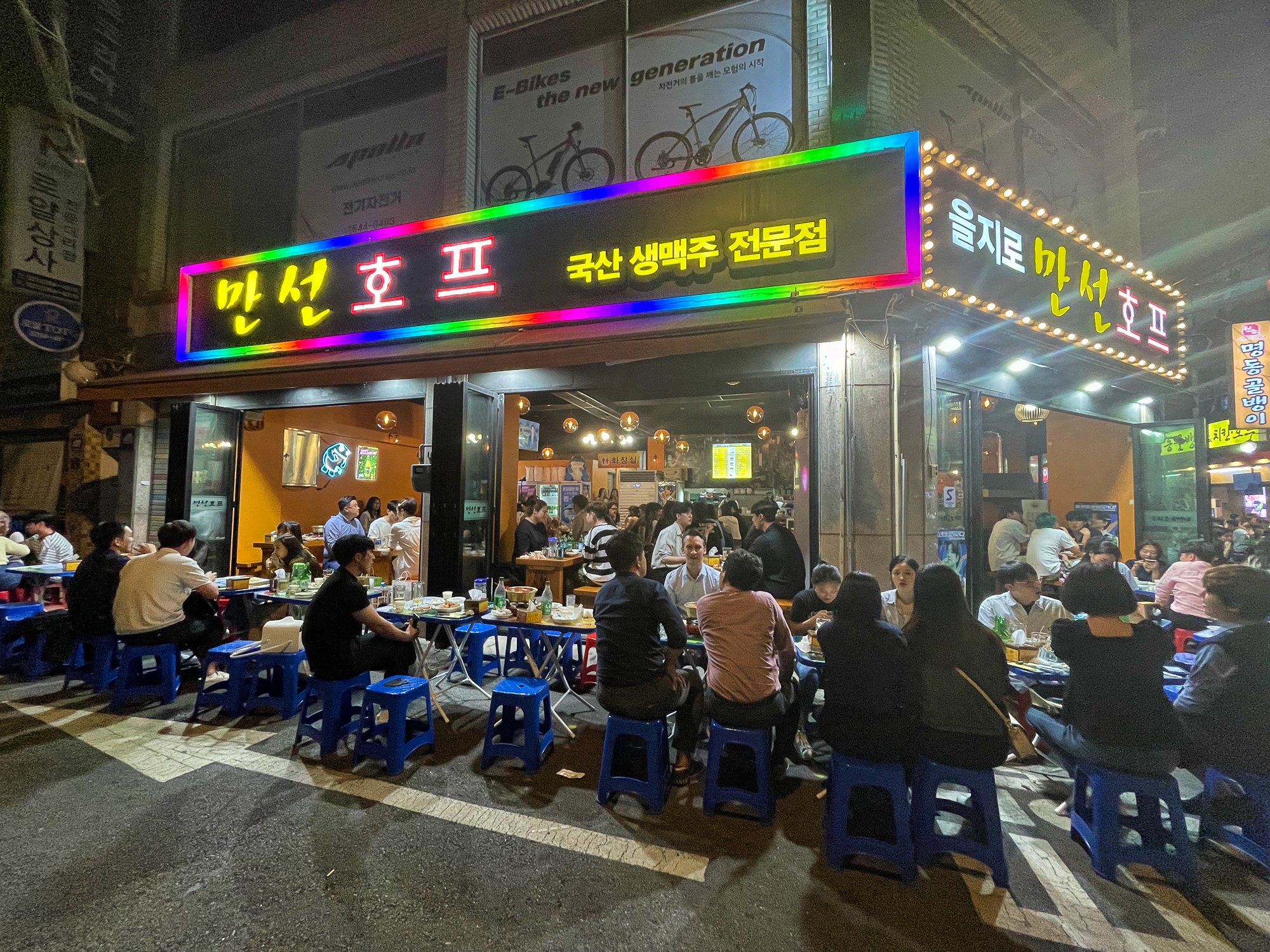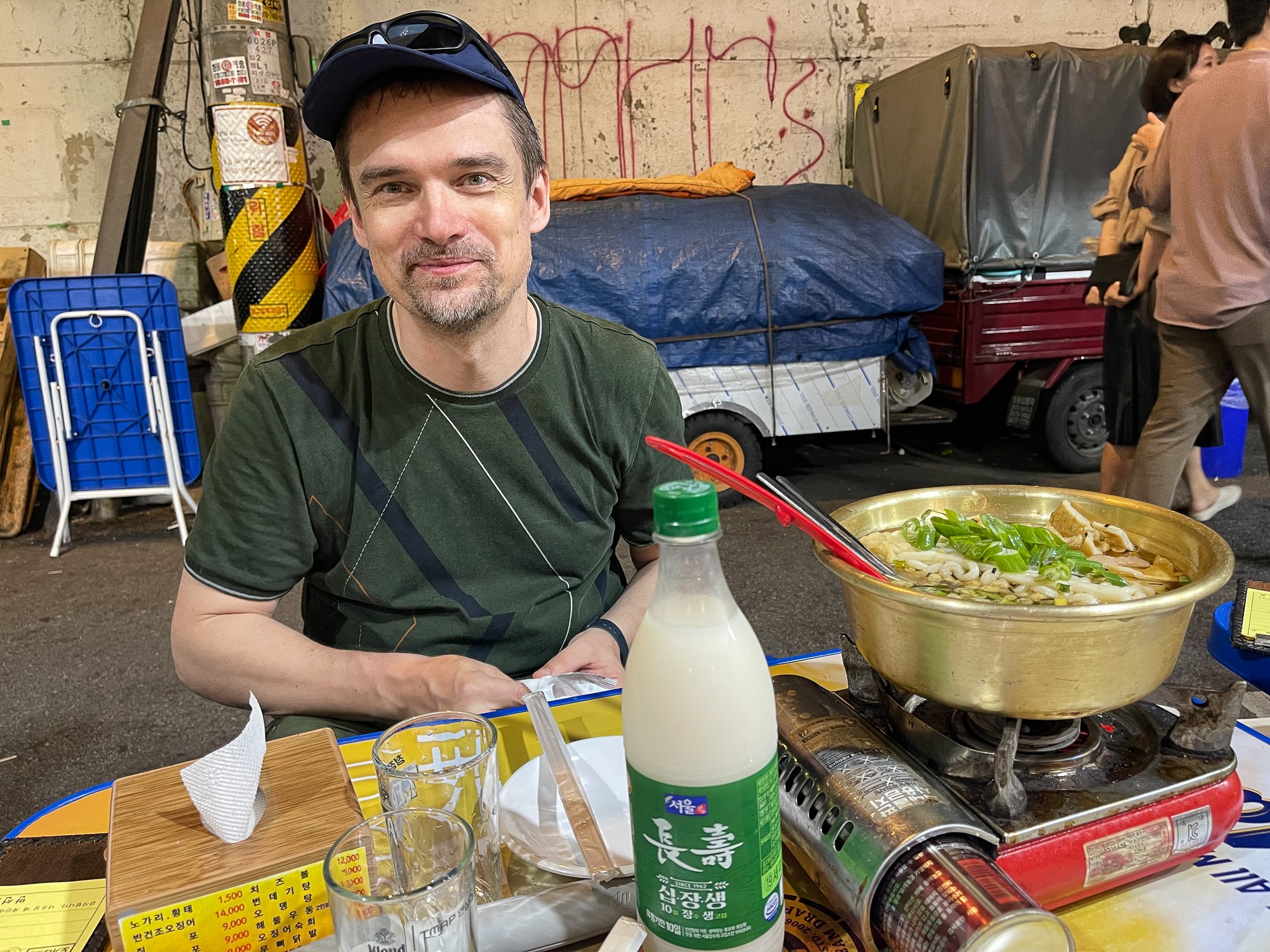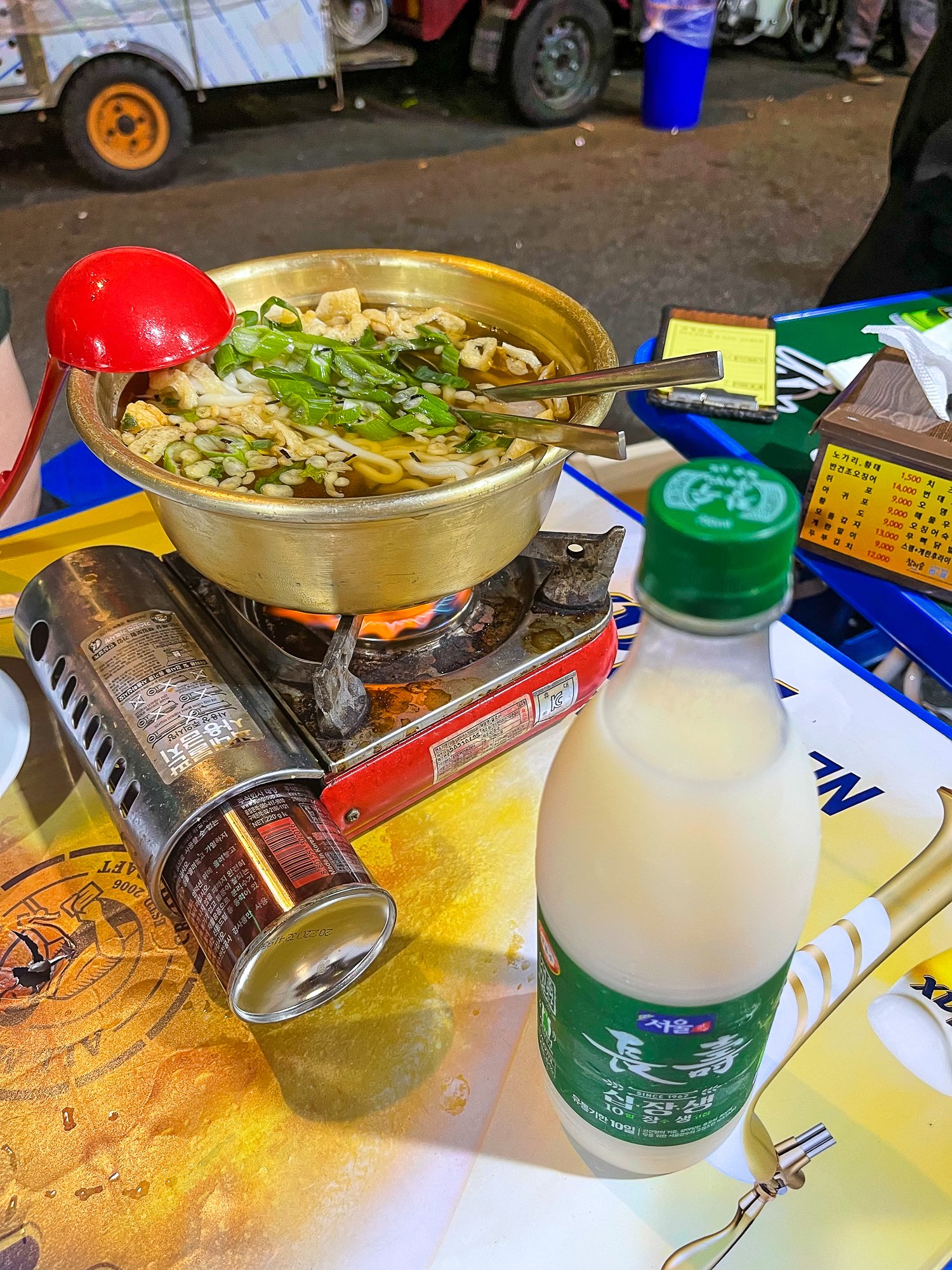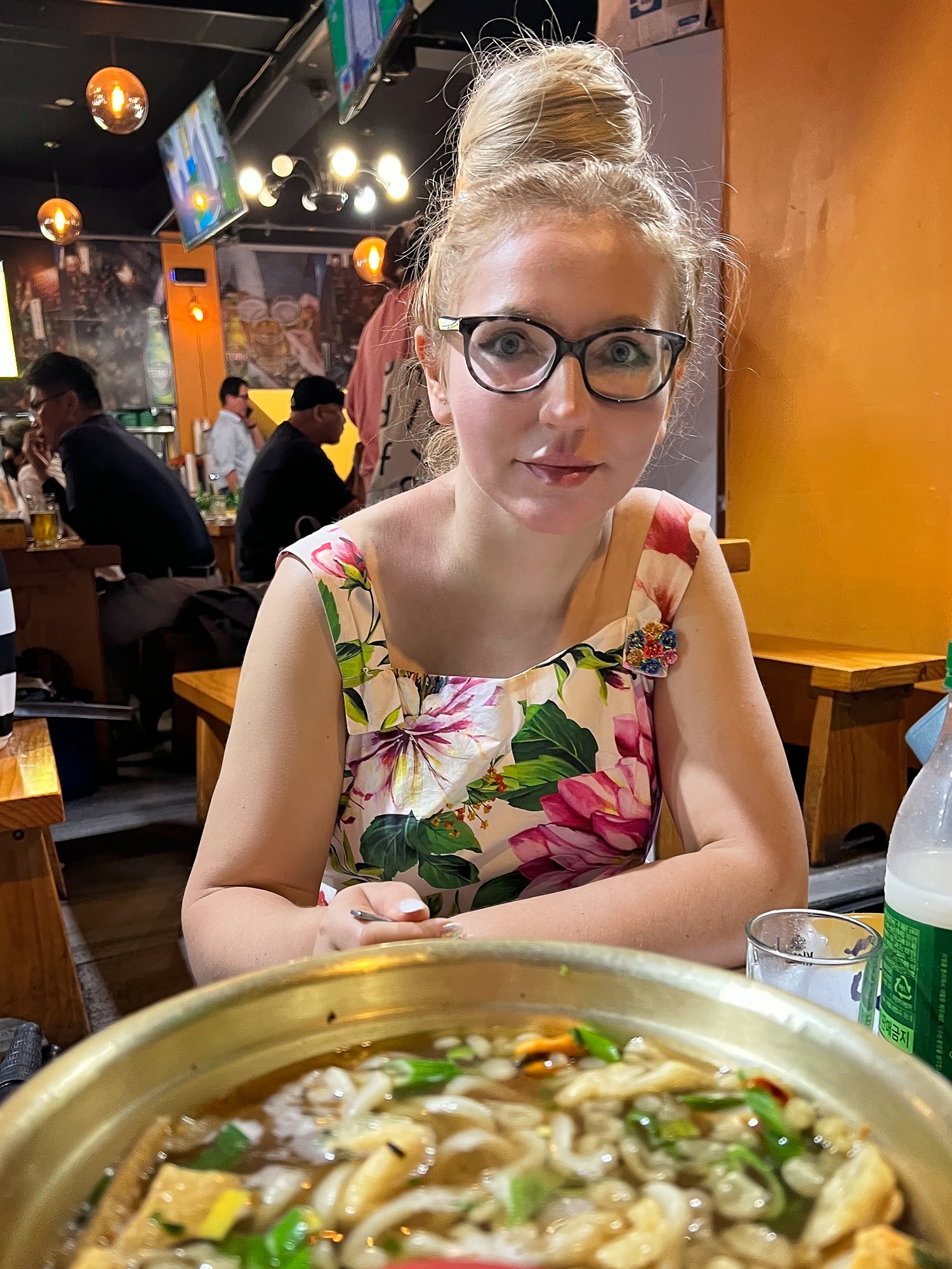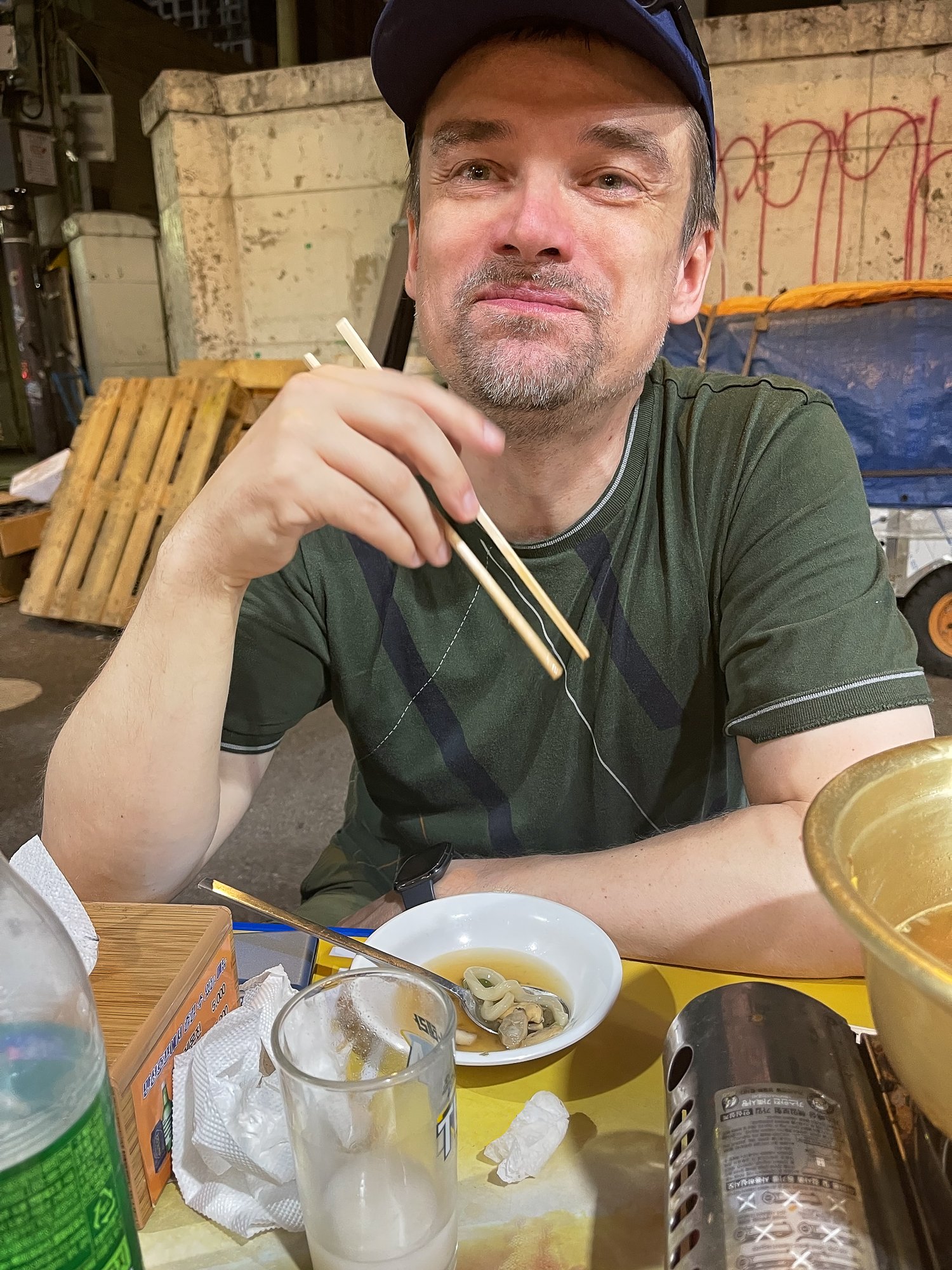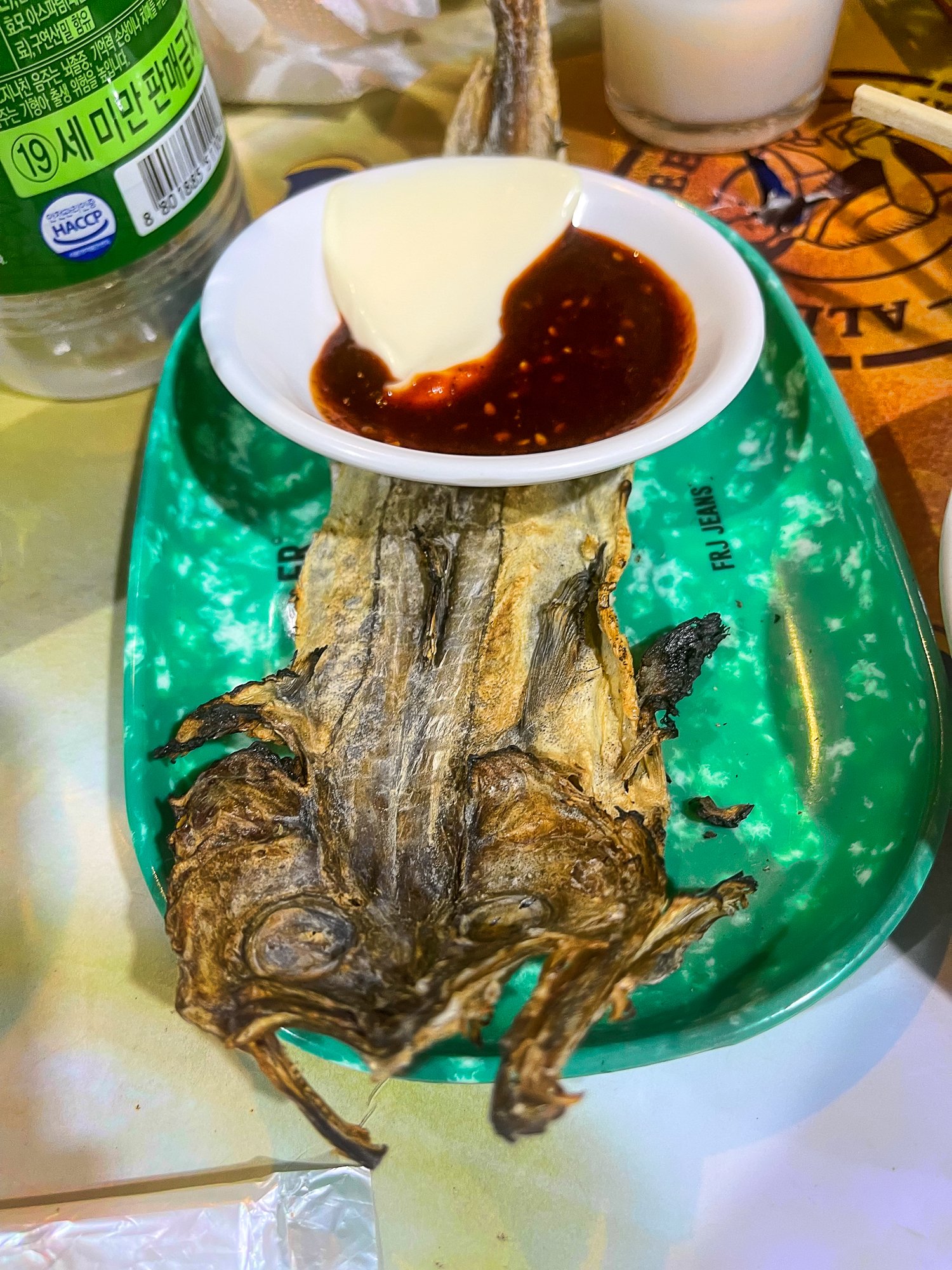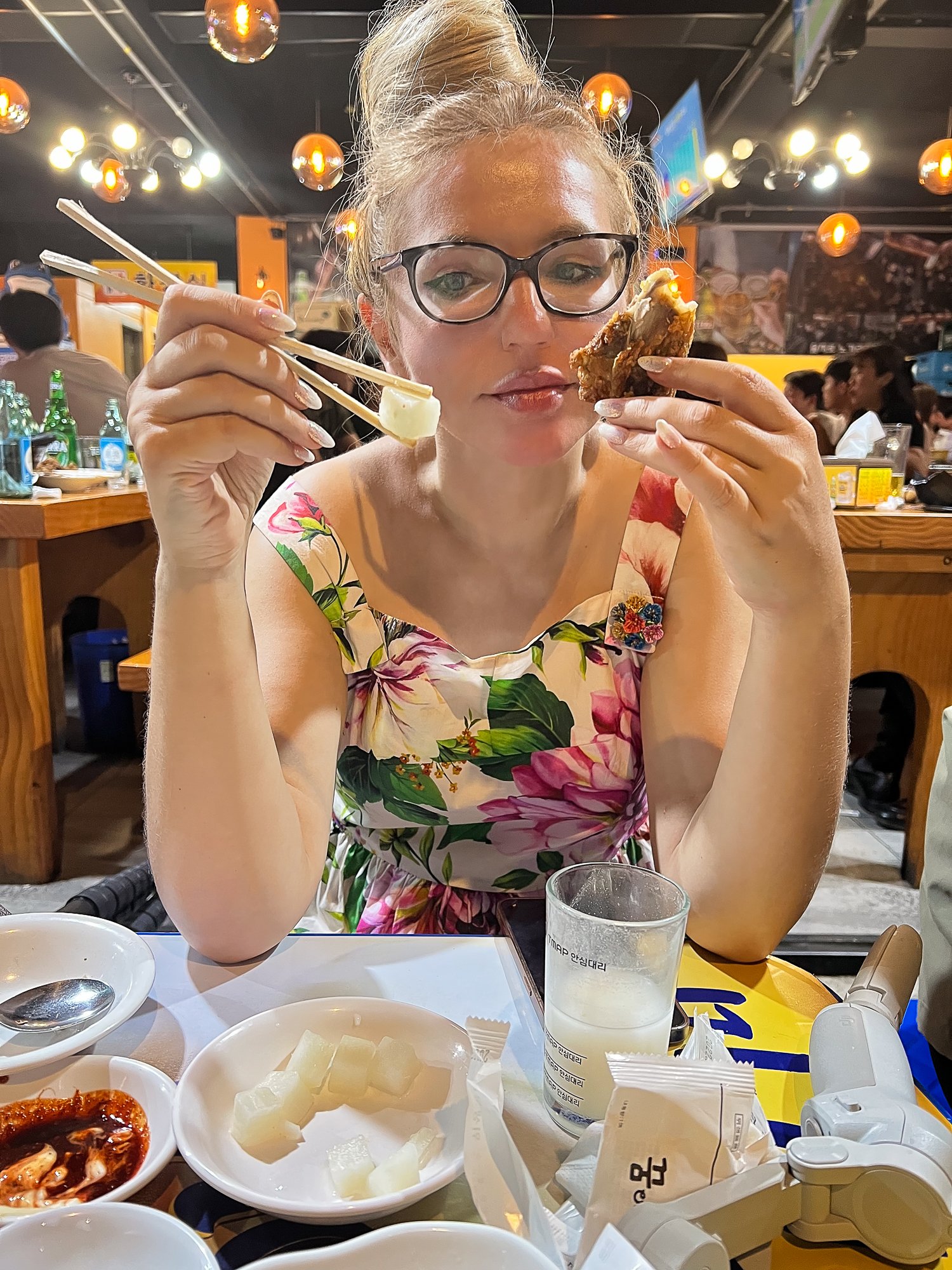Huynu takes us then to the Gyeongbokgung Palace, the main royal palace of the Joseon dynasty. Built way back in 1395, it was the royal family’s home and the hub of government activity. Over the years, it steadily expanded until it was sadly reduced to ashes during the Japanese invasion in 1592. What followed was a long 273 years of neglect before the palace got a major facelift in 1867.
When they restored it, they went all out, creating a maze of 330 buildings! Inside the palace walls, were the Outer Court where the king and state officials had their offices, and the Inner Court, which was the royal family’s living quarters, complete with beautiful gardens for some leisurely relaxing. The palace complex also housed other palaces, both big and small, like Junggung (the Queen's residence) and Donggung (the Crown Prince's digs).
Fast forward to the early 20th century, when the palace took another hit during the Japanese occupation. In 1915, over 90% of the buildings were demolished, leaving just a few iconic structures standing, such as the Throne Hall and Gyeonghoeru Pavilion. Lucky for us, restoration efforts have been in full swing since 1990, bringing this historical gem back to life!
We start our visit from the Gwanghwamun (광화문), the main and largest gate of the palace. The latest renovation was all about restoring it to its original wooden construction while keeping everything historically accurate. The royal changing of the guard ceremony is held in front of the main gate every hour from 10:00 to 14:00.
Huynu zabiera nas następnie do Pałacu Gyeongbokgung, głównego pałacu królewskiego dynastii Joseon. Zbudowany w 1395 roku, był on rezydencją rodziny królewskiej i centrum działalności rządowej. Przez lata stale się rozrastał, aż do momentu, gdy podczas japońskiej inwazji w 1592 roku został niestety całkowicie zniszczony. Potem nastąpiły długie 273 lata zaniedbania, zanim pałac przeszedł gruntowny lifting w 1867 roku.
Odbudowa poszla z rozmachem dając w efekcie labirynt 330 budynków! Wewnątrz murów pałacu znajdował się Dziedziniec Zewnętrzny, gdzie król i urzędnicy państwowi mieli swoje biura, oraz Dziedziniec Wewnętrzny, który był kwaterą mieszkalną rodziny królewskiej, z pięknymi ogrodami, w których można było się zrelaksować.
Kompleks pałacowy mieścił również inne pałace, zarówno duże, jak i małe, takie jak Junggung (rezydencja królowej) i Donggung (siedziba następcy tronu).
Na początku XX wieku pałac został ponownie zniszczony podczas okupacji japońskiej. W 1915 roku ponad 90% budynków zostało zburzonych, pozostawiając jedynie kilka kultowych budowli, takich jak Sala Tronowa i Pawilon Gyeonghoeru.
Na szczęście dla potomnych, prace renowacyjne trwają pełną parą od 1990 roku, przywracając życie temu historycznemu kompleksowi.
Naszą wizytę zaczynamy od Gwanghwamun (광화문), głównej i największej bramy pałacu. Ostatni remont polegał na przywróceniu jepierwotnej drewnianej konstrukcji, przy jednoczesnym zachowaniu historycznej dokładności. Przez tą bramą co godzinę, od 10:00 do 15:00, odbywa się ceremonia zmiany warty.































































